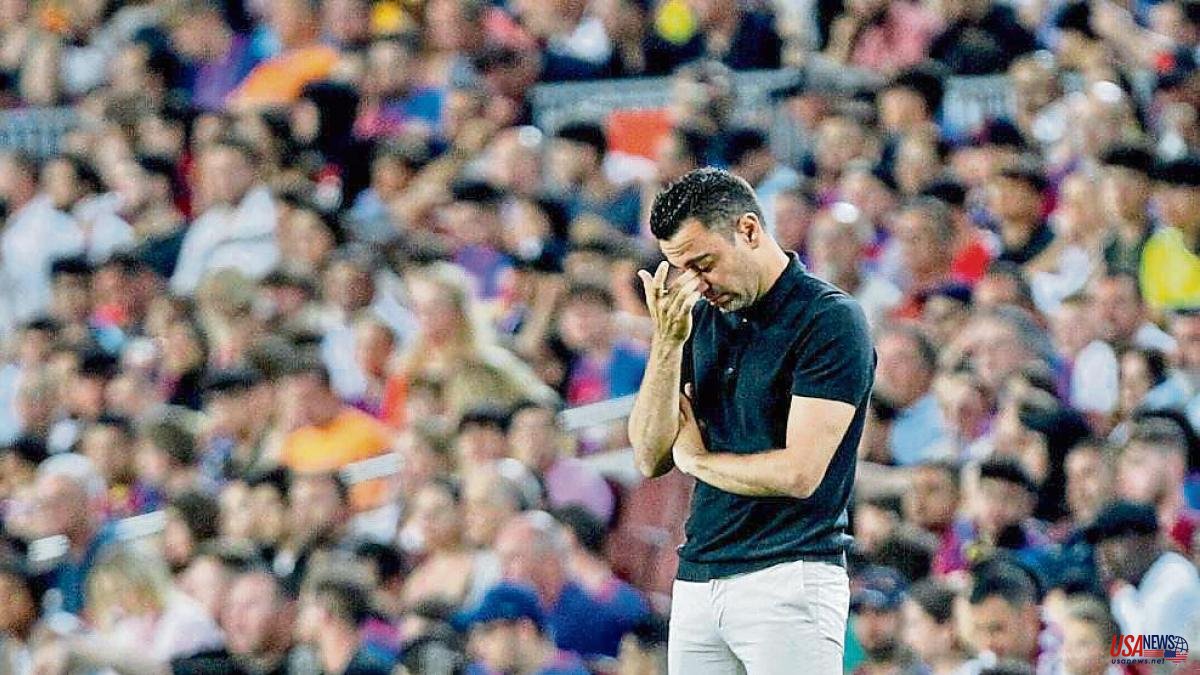In the hierarchy of Barça's problems, one of the most serious is the low public attendance at the Camp Nou to see the men's football team. Yesterday the capacity can be justified because of an insane schedule (they play so late that I have to close this article when the game has not yet finished) and by a competitive interest, let's say moderate. Fortunately, the enthusiasm of those who come to the stadium compensates for the spectral silence of those who are absent. The vintage image of the cement of the stands defines a season in which the grandiloquence of expectations and the intermittent outbreaks of airs have sabotaged the need for a realism that is applied in other areas of the club. Yesterday the inconsistency was embodied in another goal from the rival scored too easily.
In the case of the women's Champions League final, where the rival was also given facilities, a prior bubble of sufficiency was created that erroneously brought back the veteran and culturally heteropatriarchal Catalans to Seville and Athens. It is a sufficiency difficult to control. Connect with the euphoria caused by the excess of selfies, an overdose of narcissism that makes us neglect the competitive balance of any final. In Seville, Barça made the mistake of believing that they could beat those poor Romanian communists without trying and that it was not even worth resorting to – the outcome would have been even more undignified – plan B of bribery. In Athens, we came from a drunken complacency that, thanks to the rival's talent and the incompetence of the travel agency hired by the club, caused a bad vibe to bleed that never healed.
In Turin, on the other hand, the thousands of displaced Catalans staged a magnificent lesson in loyalty. They sang and encouraged the team after losing and established levels of communion between symbology and commitment to a soccer ideal that, if cultivated with the humility that we do not usually have, will mark a generational change in the way stories end. In the case of basketball, the bet is different: it is not easy to identify with a team that changes stars every two for three, nothing rooted in the quarry and with a tendency to sign virtuous coaches of the chusquero tone and methodological moodiness.
But the locomotive of all these possible successes must be the attendance at men's soccer games. Here the culture of demand is less benevolent than in women's football, where a serious mistake by the defense (like yesterday's) is not paid for with ridicule, or with lynchings on social networks or with psychopathic threats. And the hysteria of the story of the environment is not so sophisticated. Also erroneously, the tics of the masculine epic are repeated without believing in them, leaving the door open –hopefully progress can be made in this area– to a reflection on what model of journalism should explain women's football and, above all, finish deciding how we share so much theoretical love for colors. There are too many open fronts: men's football, women's football, basketball, handball and futsal. Oh, and for die-hard polygamists, Manchester City's potential successes.
4













